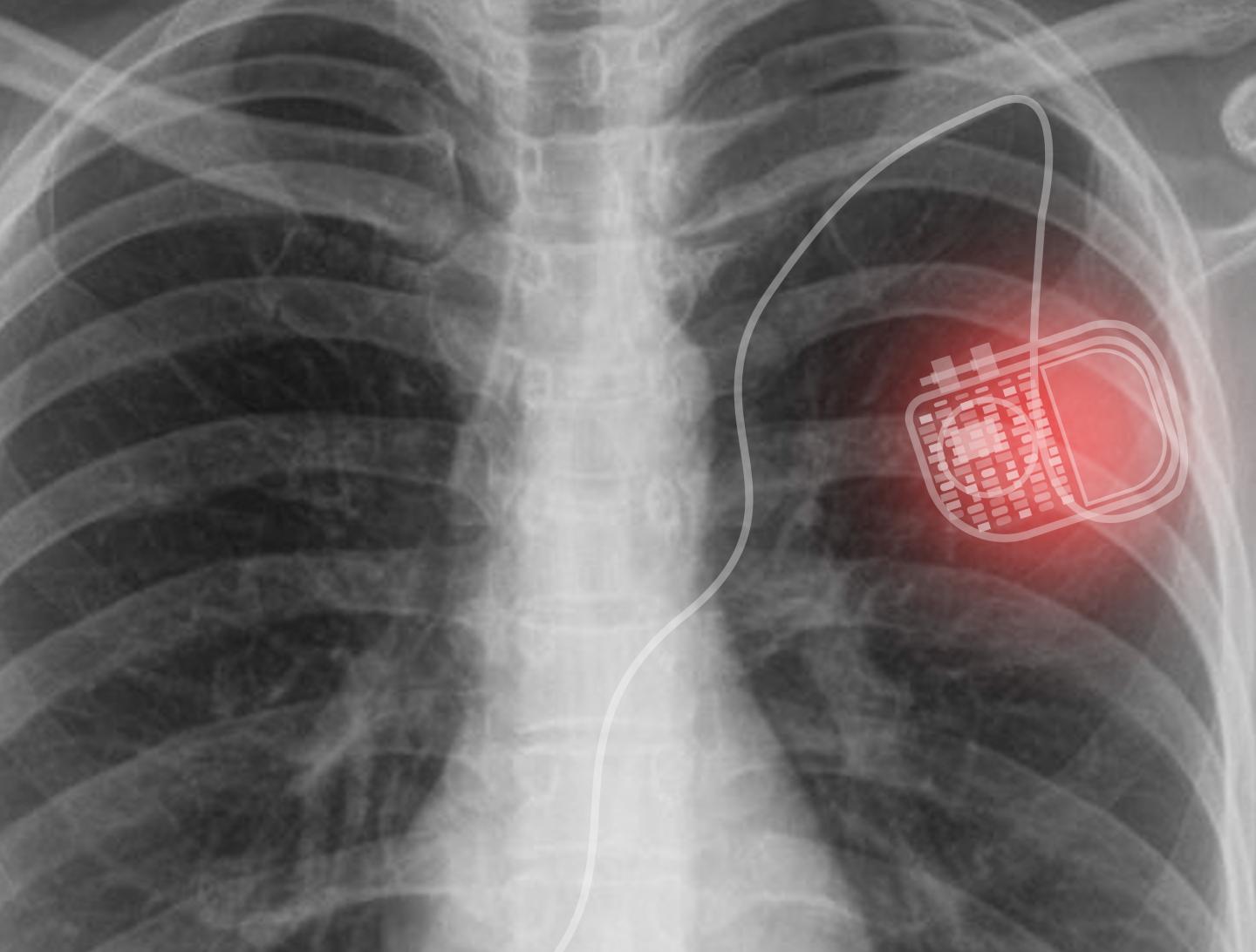A research team from South Korea developed a new method to power medical implants using active photonic wireless system incorporating Micro LED that can be attached on skin and a photovoltaic device that integrated with medical implant.
Medical implants such as pacemakers help to monitor and regulate physical condition of people to support efficient medical treatment. These devices usually need a constant source of energy to operate, resulting in issues of power supply. Batteries and wired power also create limitation for applications. For example, when battery power gets exhausted, there is no other option but to perform invasive surgery to replace the battery, which poses a risk of surgical complications, such as bruising, infections, and other adverse events.
Researchers at Gwanju Institute of Science and Technology (GIST) developed a solution to tackle the problem based on Micro LED technology. They created active photonic power transfer method that generate electrical power in the body. The system include a skin-attachable Micro LED patch which generates photons penetrating through the tissues and a photovoltaic device integrated into a medical implant which captures the photons and generates electrical energy. The system provides a sustainable way of supplying medical implant devices with enough power to avoid any high-risk replacement methods.

(Image: GIST)
When tested with mice, the team found that this wireless power transfer system can operate regardless of weather, clothes, indoor or outdoor conditions. The Micro LED from the source patch successfully penetrated live tissues in mice and recharged the device in a wireless and convenient manner.
The results were published in PNAS (Proceedings of the National Academy of Sciences of the United States of America) on July 6, 2020, titled “Active photonic wireless power transfer into live tissues.”
The research leader, Jongho Lee, the profeseor at GIST, said, "These results enable the long-term use of currently available implants, in addition to accelerating emerging types of electrical implants that require higher power to provide diverse, convenient diagnostic and therapeutic functions in human bodies."





 CN
TW
EN
CN
TW
EN






